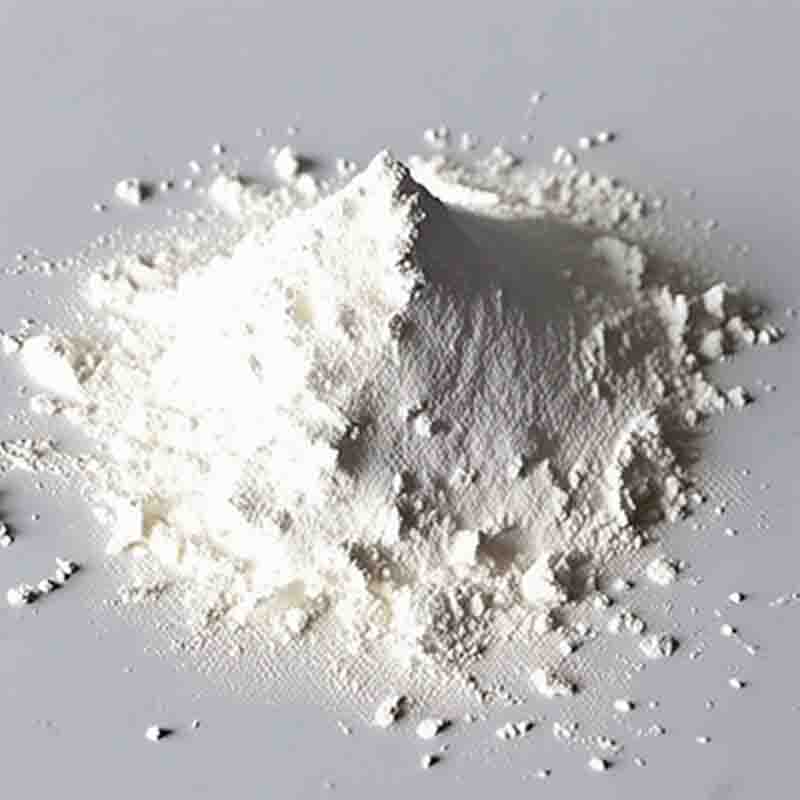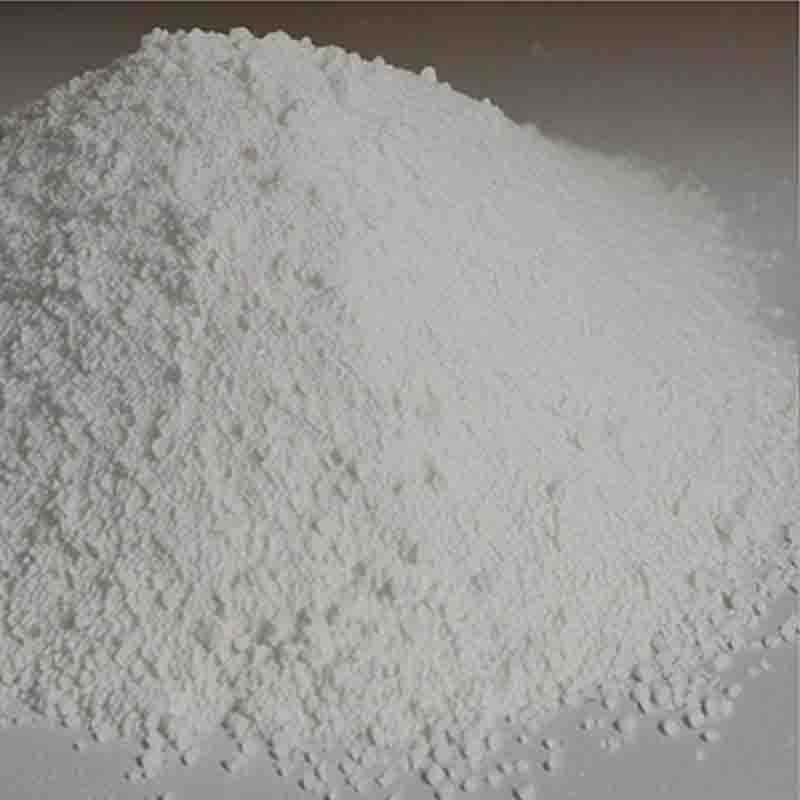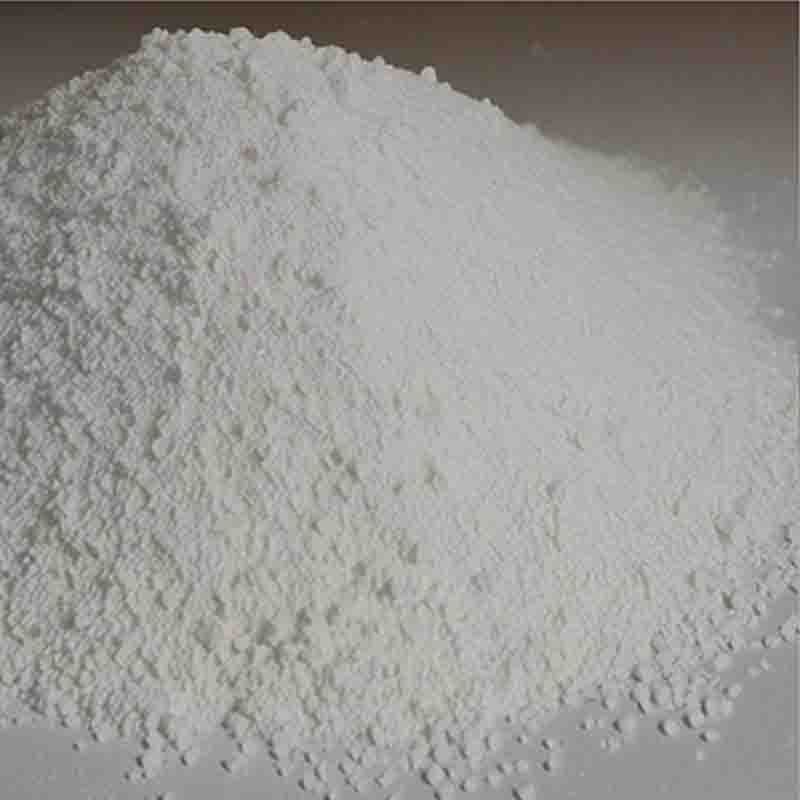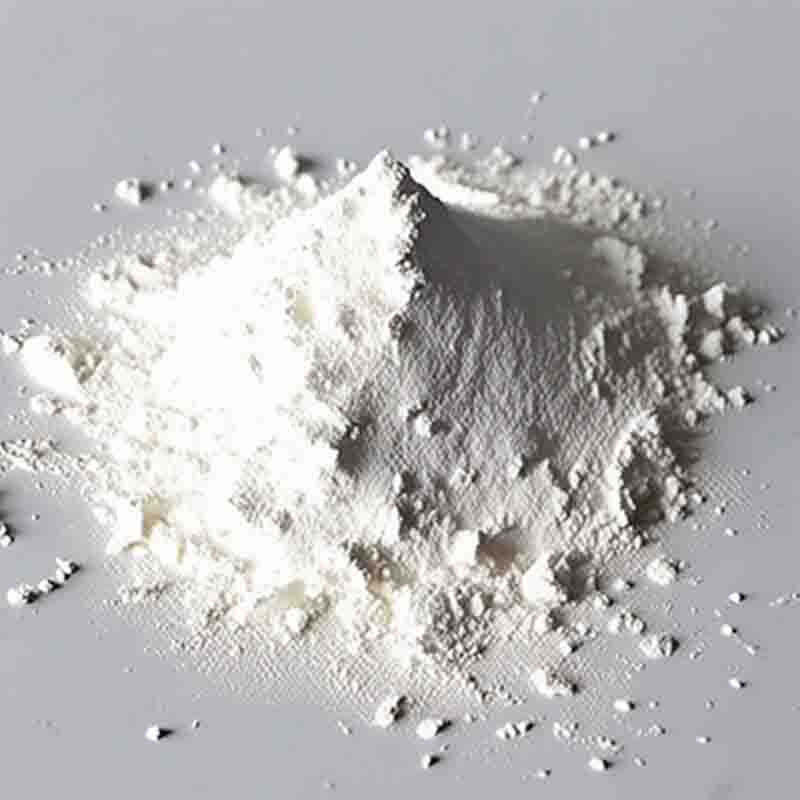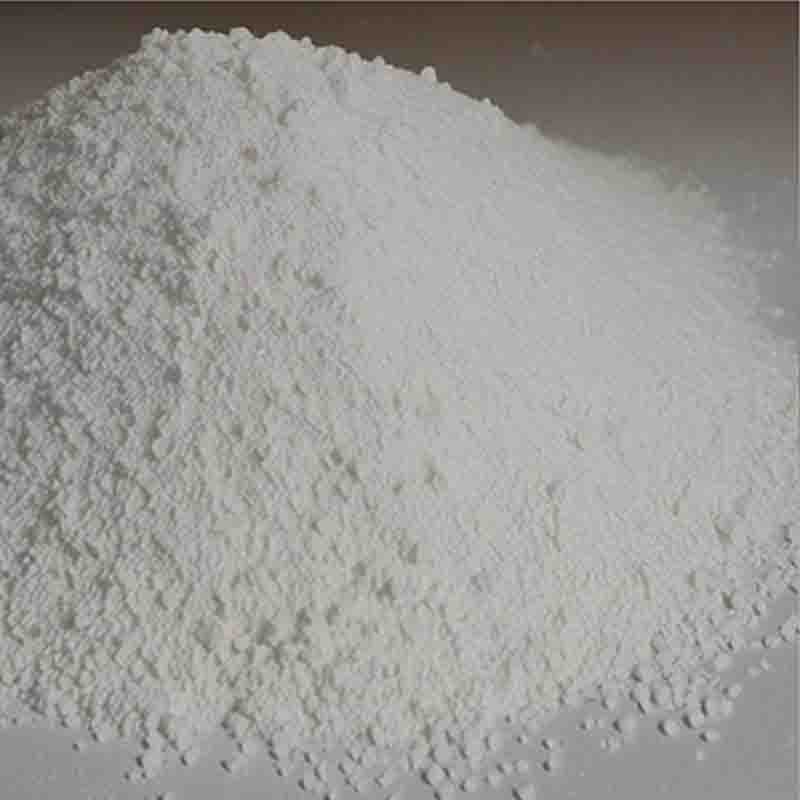Rhodium(III) 2,4-pentanedionate CAS: 14284-92-5
| Catalog Number | XD94446 |
| Product Name | Rhodium(III) 2,4-pentanedionate |
| CAS | 14284-92-5 |
| Molecular Formula | C15H21O6Rh |
| Molecular Weight | 400.23 |
| Storage Details | Ambient |
Product Specification
| Appearance | White powder |
| Assay | 99% min |
Rhodium(III) 2,4-pentanedionate, also known as Rh(acac)3, is an organometallic compound that contains a rhodium(III) ion coordinated with three 2,4-pentanedionate (acac) ligands. This complex has several important applications, particularly in catalysis and materials science.One of the main uses of Rh(acac)3 is in the field of homogeneous catalysis. It is widely employed as a catalyst in various organic transformations, such as hydrogenation, hydroformylation, and carbon-carbon bond forming reactions. The presence of the rhodium(III) ion and the acac ligands provides a unique coordination environment that enhances the reactivity and selectivity of the catalytic processes. Rh(acac)3 has shown excellent performance as a catalyst in the selective hydrogenation of alkenes and alkynes, allowing for the production of valuable intermediates and fine chemicals.Rhodium(III) 2,4-pentanedionate is also utilized in the synthesis of materials with unique optical and electronic properties. It has been employed as a precursor in the preparation of rhodium-containing thin films, nanoparticles, and nanoclusters. These materials find applications in various fields, including optoelectronics, catalysis, and sensing. For example, rhodium-based materials have been used as catalysts for the oxygen reduction reaction in fuel cells, as well as in the production of hydrogen from water through photochemical processes.Additionally, Rh(acac)3 plays an essential role in the synthesis of metal-organic frameworks (MOFs). MOFs are porous materials with high surface areas and tunable structures, making them suitable for applications such as gas storage, separation, and catalysis. Rhodium(III) 2,4-pentanedionate can act as a building block in the assembly of MOFs, providing the necessary rhodium centers for coordination with organic ligands and the formation of the framework.Furthermore, Rh(acac)3 is used in the preparation of rhodium-containing complexes with ligands bearing chiral groups. These complexes find application as catalysts in asymmetric transformations, allowing for the synthesis of enantiomerically pure molecules. Rh(acac)3-based catalysts have demonstrated high efficiency and selectivity in various asymmetric reactions, including hydrogenation, hydrosilylation, and cyclopropanation. This has significant implications in the pharmaceutical and agrochemical industries, where chiral compounds are needed for the development of new drugs.In summary, Rhodium(III) 2,4-pentanedionate, or Rh(acac)3, is a versatile compound with diverse applications in catalysis and materials science. Its use as a catalyst enables various organic transformations, including hydrogenation and hydroformylation reactions. It is also employed in the synthesis of materials with unique properties, such as rhodium-containing thin films and metal-organic frameworks. Furthermore, Rh(acac)3 plays a crucial role in asymmetric catalysis, allowing for the synthesis of enantiomerically pure molecules. Overall, Rhodium(III) 2,4-pentanedionate is a valuable compound with broad utility in various scientific and industrial sectors.


